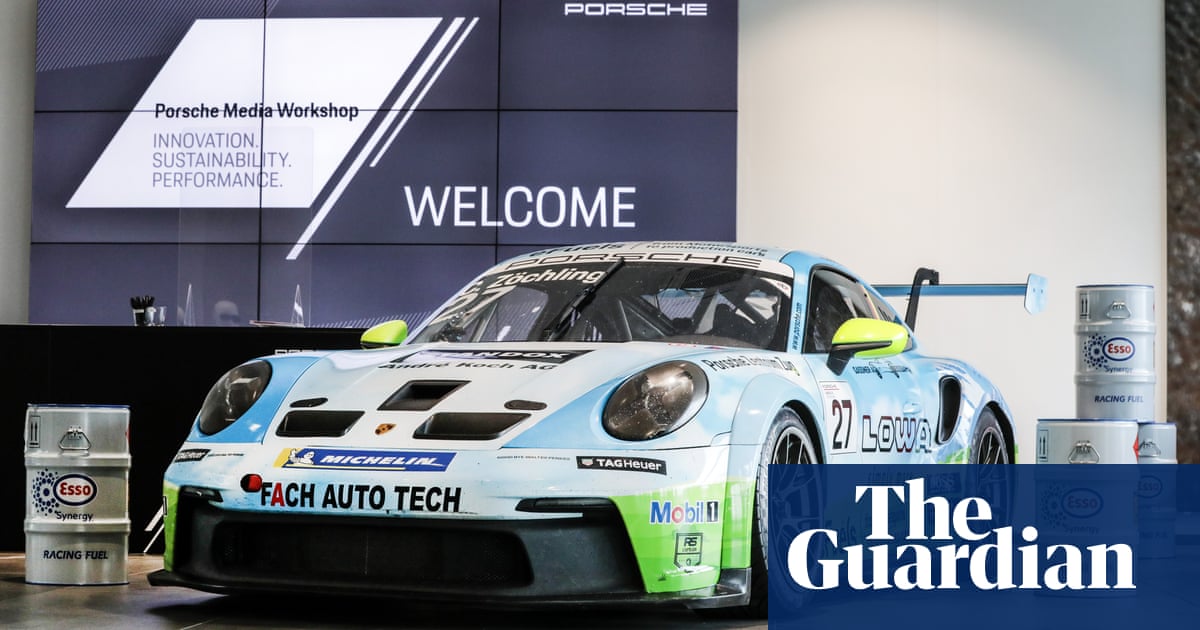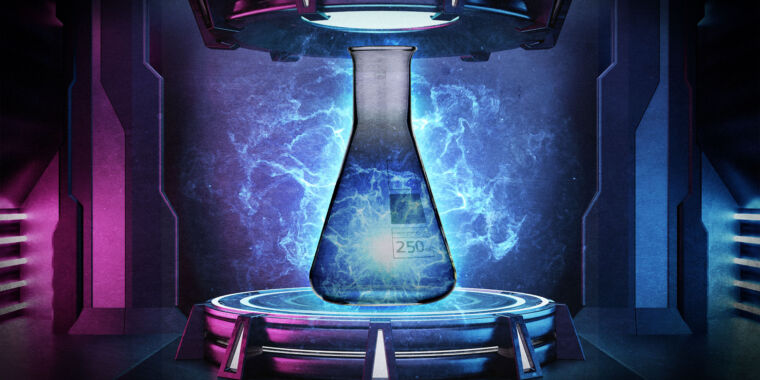Here's a presentation from Maximilian Fichtner, he is Professor of Solid State Chemistry at the Ulm University, Director of the Helmholtz Institute Ulm and spokesperson of of the Cluster of Excellence POLiS. The POLiS cluster of excellence is Germany's attempt to catch up again with the leading Asian countries in battery research and production.
In the video it is explained in a straightforward way what are the main differences of the "green" car drive technologies.
In the video it is explained in a straightforward way what are the main differences of the "green" car drive technologies.





